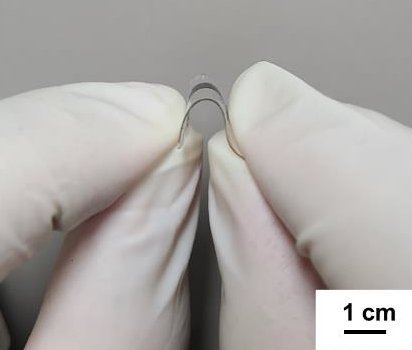P3HT vs Spiro-OMeTAD as a hole transport layer for halide perovskite indoor photovoltaics and self-powering of motion sensors
Shaoyang Wang et al 2023 J. Phys. Mater. 6 024004
Indoor photovoltaic devices using halide perovskites are studied for their potential in powering IoT applications. CH3NH3PbI3-based devices with Spiro-OMeTAD and P3HT as hole transport layers were compared, and Spiro-OMeTAD showed higher power conversion efficiency. The best-performing Spiro-OMeTAD device successfully powered a wearable motion sensor, demonstrating the potential for self-sufficient sensor systems.
Light intensity-dependent J-V measurement, transient photovoltage (TPV) and transient photocurrent (TPC) measurement were carried out with the characterization platform, Paios, Fluxim AG, Switzerland.

